
Hey, I’m Sam Black, and this is the first installment of a new series I’m going to be writing here exploring Commander Cube as a format but looking specifically through the lens of my own Commander Cube. Over time I hope to get into a variety of aspects of the cube design and highlight cards and strategies I find fun or successful. I hope this will offer some food for thought to traditional Commander players, but more importantly, I hope to spread interest in my favorite format and help people get into it whether they want to copy my list or build their own.
For those who don’t know me, I’ve been playing Magic since 1994, and played on the Pro Tour from 2006-2019, I’ve written a huge number of strategy articles over my career and I’m currently the host of the Drafting Archetypes podcast, and regularly stream limited on Twitch. My history as a casual player is less publicly documented, but similarly extensive. I primarily played casual multiplayer formats from 1994-2003 and dabbled in casual Magic whenever I had a chance during my pro career. Now that there aren’t quite as many paper tournaments as there used to be, but it’s also a lot easier to find public multiplayer games at stores and conventions, I’ve started playing Commander regularly, in addition to Commander Cube. Unofficially, I suspect I’m the human who’s played the most paper Magic in the world, but such a claim is impossible to verify. If anyone knows of any reasonable contenders for the title, I’d love to hear about it and discuss it with them, but my theory is that there aren’t too many people who have been playing continuously since 1994, and I’ve always prioritized playing paper Magic very highly, whether that involved flying around the world to attend Grand Prixes, or just building decks for every format to go to local game stores and friends’ houses several nights a week.
So, enough about me, let’s get to Commander Cube.
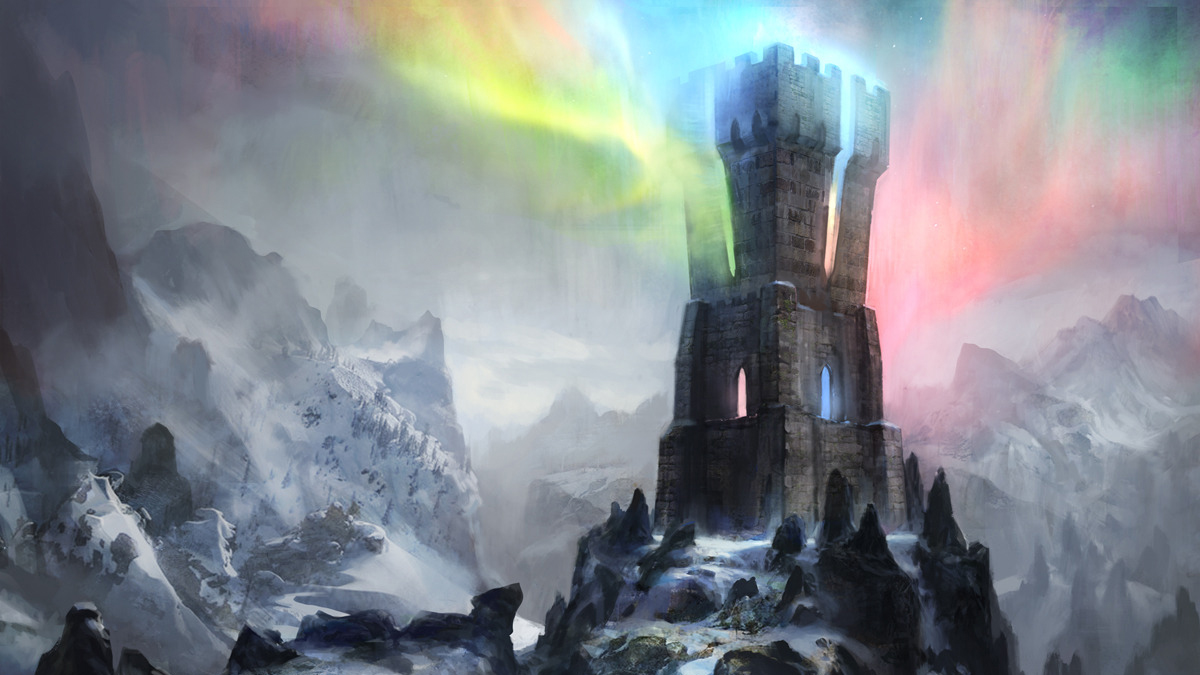
About Command Cube
Commander Cube is a cube, meaning a collection of curated cards from which players draft “packs” composed of a random portion of that cube to build decks and play games with. The draft format is structurally similar to the official product Commander Legends. Players draft 60 cards, then build 60 card decks from among those cards and any number of additional basic lands. One small note is that the way I run things, and the commanders used don’t count toward that 60 card deck (the reason for this is that I think most players are a lot more used to thinking about the number of lands they play in 60 card decks than in 59 card decks, and I want deck building heuristics to be a bit smoother).
When I’m drafting at the table with four players, I make four packs of 15 cards for each player, and if I have more than that I use three packs of 20 cards. Players choose two cards at a time from each pack while drafting. The reason for choosing two cards at a time is that it makes the draft a little faster and sometimes lets people draft combos they might not otherwise, and the reason for the different size packs is to control how frequently players see the same pack and the impact of trying to get cards back from a pack you’ve already seen after passing it around the table.
I try to draft with four, five, or eight players, and then either play one four-player game, one five-player game, or two four-player games. Sometimes I have three, six, or seven players, and then there are some three-player games. My personal favorite is a five-player game, and when I have five players, I play a modified version of the Star format which is a little complicated and I might write about at a later date.
When players build decks, their decks must follow the Commander color identity rules, and players draft their commanders from the packs as normal cards. The cube features a lot of legendary creatures, and getting the necessary cards to follow this rule using a commander they’ve drafted has never been a problem.
At the end of the draft, each player gets to add one Command Tower to their deck.
I also play with one additional special rule, which is that if you use a mono-color commander you can choose any second color and you can play up to six spells of that color and any number of lands that tap for that color of mana. Also, your commander gains that color identity for the purpose of Command Tower.
Now that you know the basics of how the format works, I want to talk about some of the major decisions that went into choosing which cards are included in the cube. First, for context, the list is available here.
How I Designed My Cube
One of the most important points is the cards that aren’t included. The gameplay of this format is not intended to resemble cEDH at all. I enjoy cEDH quite a bit, but I don’t think it lends itself well to a draft environment because the best cards are so much better than the second tier of cards, and if you support all the combos, it might be hard for players to have enough answers–it would likely be possible to build a smaller cube around the cEDH staples, but this cube is intentionally large and unfocused because I play it a lot and I want to maximize variety, so I like to have a relatively flat power level such that more of the cards make people’s decks, and it’s easiest keep the power level flat when you remove the outliers at the top of the power level.
Further, the goal of the format is to play “longer, board game style” games of Magic. My goal is that in every game, there should be at least one turn when each player feels like a major threat, or at least does something cool that they drafted their deck to do, and it’s more likely that everyone gets to have that moment if the games are a little longer. Because players usually only play one or maybe two games with a deck they draft, if one player runs away with the game and the others never really get to do their deck’s thing, that can be unsatisfying for those players, so again, the cube is designed to offer players some breathing room to play their cards and do their deck’s thing.
So how is that accomplished?
First, fast mana is heavily restricted. Nothing in the cube costs less than three mana and taps for more than one mana without some work (Incubation Druid and Santum Weaver are in, but Joraga Treespeaker, Devoted Druid, and Bloom Tender are too explosive). Every artifact taps that taps for mana costs at least two mana and there aren’t that many of those–only the ones that can be played regardless of color identity.
Green ramp is heavily restricted–there are no cards that search your library for a land and put it into play.
Second, I believe there are no two card infinite combos. Some used to be in when both cards were individually useful, such as Kiki-Jiki+Zealous Conscripts or Heliod+Walking Ballista, but it always felt like a worse game when those came up, so Kiki-Jiki and Heliod have been removed. There are some three card combos, but those come up much less often.
On that note, there are a few reasons those combos don’t come up very often: First, the cube is very large, over 800 cards, and in a four-player game, only 240 of them are drafted, but even more importantly, there are no cards that search a library for anything other than a basic land (and I’m slowly phasing those out as well). This is a point that I think designers could reasonably go either way. I do think that it can help give a sense of agency and strategy to draft a deck that’s trying to accomplish a certain plan using certain cards, and tutors could allow players to draft something a little more linear, which could make the draft more interesting, but I think there are some heavy tradeoffs. For one, I think it leads to players who are more familiar with the cube having an even bigger advantage, as they learn which strategies are effective to build toward. Secondly, the big point for me is that I just think searching libraries has no place in casual multiplayer games. I think it just takes too long to execute, and asking the other players to wait while you do it is an unreasonable ask that makes the game less fun.
I respect that there are players who like the consistent game plans that tutors allow, but to me, if that’s the experience you’re looking for, I question whether a 100-card singleton format is really for you (though admittedly, you do get to have a really sweet toolbox in that context, and that can be fun–I like cEDH and I get that that’s a big part of it, I’ve also recently spent over five minutes waiting for a Yisan player to plan out a chain of creatures they were going to search for, so again, there are tradeoffs).
Further, this cube is designed to allow players to draft a reasonable curve. This is not strictly battlecruiser Magic. My curves often look reasonably similar to my curves in a regular cube draft. However, cards are chosen with an emphasis on the idea that we’ll be playing a longer game, so even cheap cards shouldn’t be horrible topdecks late, and they also shouldn’t be too explosive early. Ragavan, Nimble Pilferer doesn’t appear because it can be too strong early, but one drops like Goblin Welder and Dragonmaster Outcast do because they’re still useful late in the game.
When it comes to ending the game, a lot of games end through creature combat, but some cards rapidly accelerate the end of the game. I think the cube is in a place where games sometimes take long enough that players are ready for the game to be over when it ends, and players who aren’t familiar with the cube don’t necessarily expect games to take as long as they do–this is a slight negative, but because I want to avoid the experience where a player drafts and then doesn’t get to feel like they got to experience their deck if the game’s too short, I think this is the correct way to err. That said, I want to include cards that help end the game. My goal with these cards is to only include cards that end the game after a game has been played, meaning that they require significant setup.
For example, Thrilling Encore is great at ending a game when you pull it off–there’s a large board with a lot of creatures, someone plays a sweeper, and then at the end of the turn you get every creature that anyone had, and on your turn, you might be able to kill everyone with them. However, that only happens if the game had gone on long enough that a huge number of creatures could be in play at the same time and someone played a sweeper while you had a lot of open mana. That can’t happen early in a game.
Another similar ending to a game involves a player casting Boros Charm, Teferi’s Response, Heroic Intervention, or Cosmic Intervention when a sweeper, especially something like Cataclysm or Obliterate is cast–again, this ends the game when it happens late in the game and often when someone has the right answer to another player’s play.
On that note, I should address the Cataclysm and Obliterate style cards. This cube has several of them, including Balance, which is banned in Commander. In multiplayer games, I’m scared of what I call sacred resources–those resources that other players can’t attack or interact with. If all other resources are fluid and one isn’t, it’s too easy for getting an advantage in the sticky resource to be the most important thing. A mana advantage is already extremely likely to be game defining in Commander, but I like the idea that there’s at least some possible counterplay when someone gets way ahead. Not all players have a lot of tolerance for that kind of thing, and I’ve found that, among my players, these cards rarely get cast. I’m not sure if people usually don’t put them in their decks, or if they just find that it’s rare that a spot where casting them is advantageous comes up, but very few games involve them getting cast. I think it’s mostly good that the threat exists, especially if it doesn’t happen much, so I’ve left them in, but they’re certainly the cards that I think are most likely to cause a negative experience for some players and I’d fully respect removing them entirely.
Furthermore, the cube is already somewhat prepared for their removal. Specifically, I think including lands with special abilities is extremely dangerous in an environment where there aren’t ways to interact with lands. I once played another player’s Commander Cube that had an equipment theme, and I drafted an equipment deck, and then another played Tower of the Magistrate, and for the cost of playing a single colorless land, my deck didn’t work for the rest of the game and I had no way to interact with the Tower of the Magistrate. I think that’s just bad design. That’s the most egregious version, but in general, I think special lands are really dangerous in a format that includes few ways to interact with them. As a result, my cube currently has only a single land that would be impacted by Tsabo’s Web, which is Plaza of Heroes, a relatively recent addition that, honestly, I should probably remove (likely along with Vesuva). Lands in my cube are only there to make mana.
I’m excited to get into more detail later, but that’s a good overview of the format and the core philosophy of my cube. In the meantime, if you’re looking to get a head start on learning more about this format, there are a few videos about it on my youtube channel, and you can find all the videos about it here.





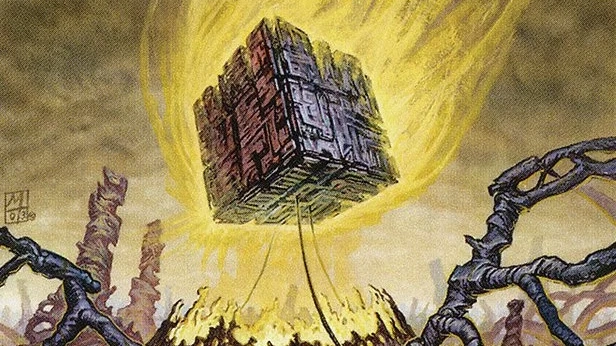
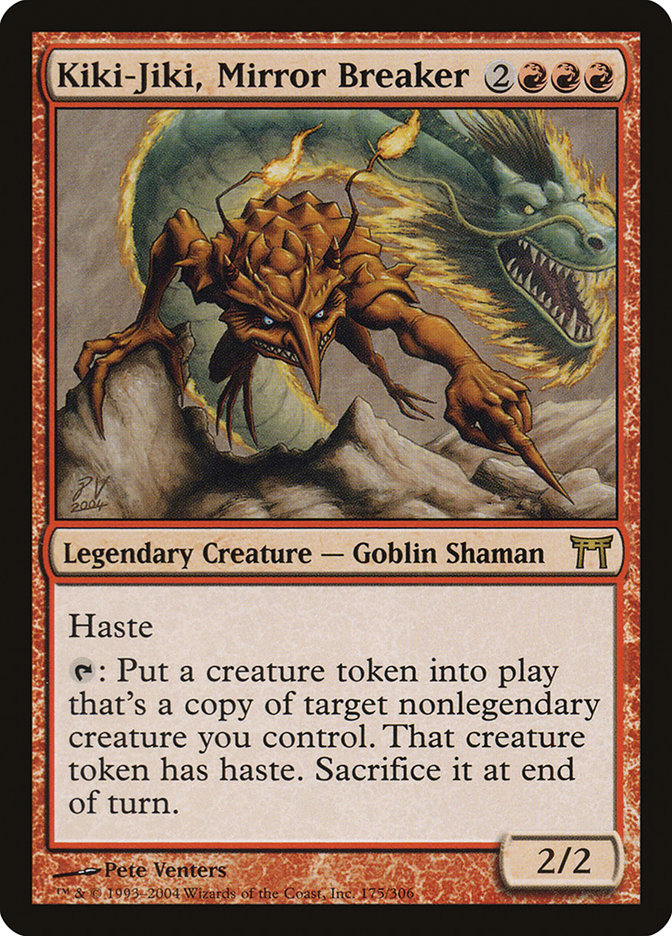
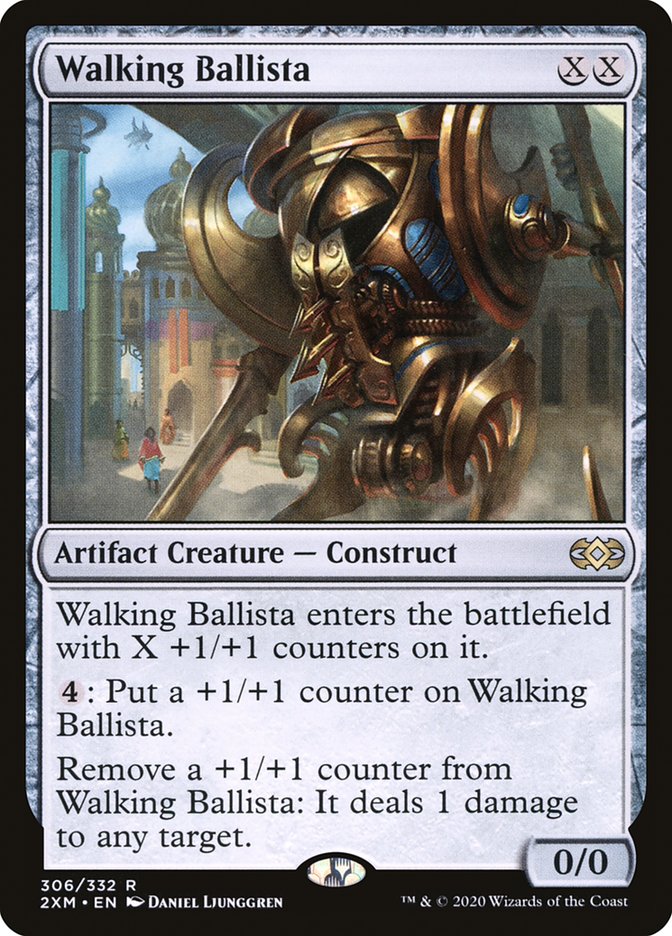
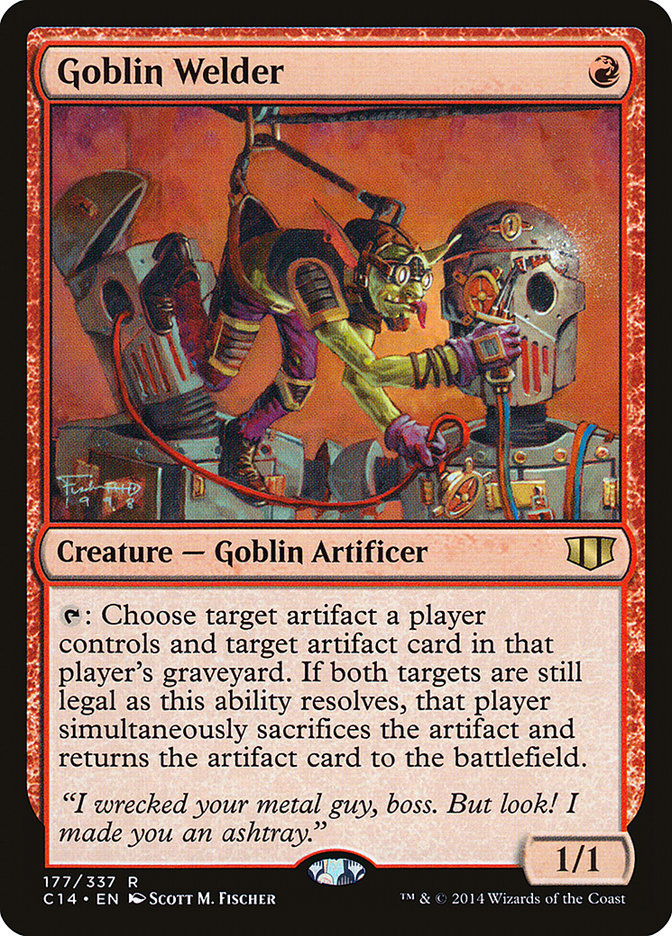
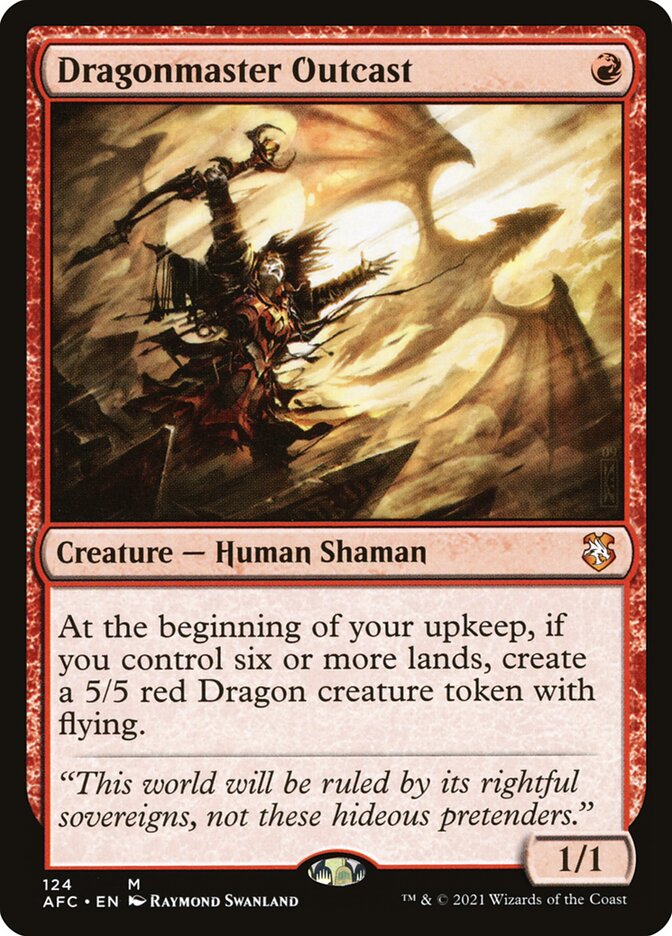
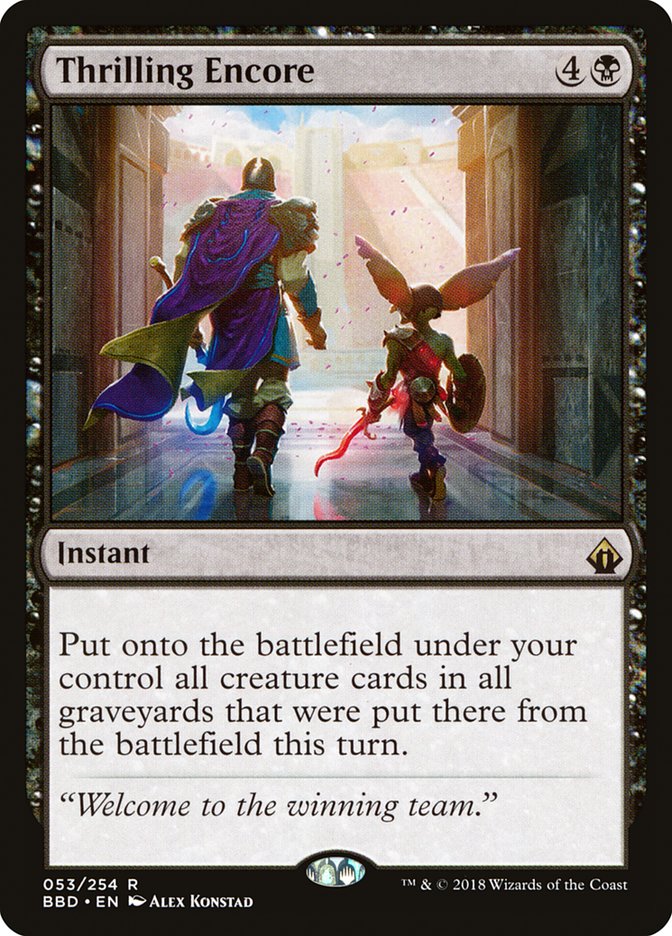
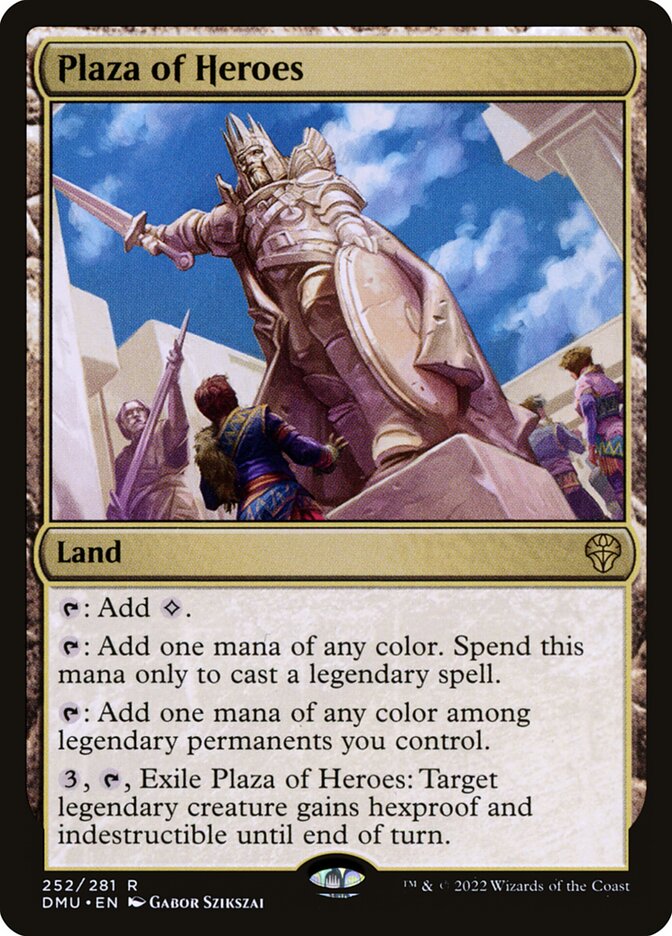
Comment
Join the conversation